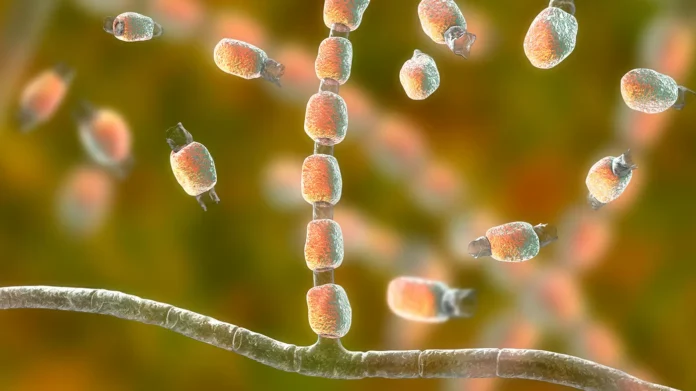The use of fungicides has become an integral part of the agricultural sector in the United States. These pesticides play a crucial role in preventing the spread of crop diseases, ensuring a steady supply of food for the growing population. However, recent concerns have been raised by infectious disease experts about the proliferation of new fungicides and its potential impact on the effectiveness of critical antifungal medications in humans and animals.
Over the years, the agricultural industry has seen a rapid increase in the development of new fungicides. This can be attributed to the rising demand for food and the constant battle against evolving crop diseases. While these new fungicides have proven to be effective in protecting crops, there is a growing concern that they may be contributing to the development of resistance in fungi that could make antifungal medications less effective in treating human and animal diseases.
Fungal infections in humans and animals are a serious global health concern. According to the Centers for Disease Control and Prevention (CDC), an estimated 1.5 million people die each year from fungal infections. In the United States, it is estimated that over 1.6 million individuals suffer from serious fungal infections, resulting in 50,000 deaths annually. These numbers are alarming, and the widespread resistance to antifungal medications only adds to the threat.
In recent years, there have been numerous reports of antifungal resistance in both humans and animals. This has been linked to the increased use of fungicides in agriculture. Fungi possess a remarkable ability to adapt to their environment, and the overuse of fungicides can contribute to the development of resistant strains. This, in turn, can lead to the spread of resistant fungi to humans and animals through contaminated food, water, and soil.
The consequences of this resistance are grave. Not only does it make antifungal medications less effective, but it also poses a threat to food security. As fungi continue to evolve and develop resistance to new fungicides, it becomes increasingly challenging to control crop diseases. This could potentially result in significant losses for farmers and ultimately affect the stability of our global food supply.
To address these concerns, infectious disease experts are urging for a more strategic approach in the development and use of fungicides. While these pesticides are essential for protecting crops, there is a need to balance their use with the potential risks. This could include implementing stricter regulations and guidelines for the use of fungicides, as well as promoting sustainable and integrated pest management practices.
Awareness and education are also crucial in mitigating the risks associated with fungicide resistance. Farmers should be made aware of the potential consequences of overusing fungicides and the importance of rotating different types of pesticides to prevent resistance. Additionally, consumers need to be educated about the potential risks of consuming food containing traces of fungicides.
In the face of increasing challenges in the agricultural sector, it is essential to find a balance between crop protection and public health. The development of new fungicides should not come at the cost of human and animal health. With proper regulations, education, and responsible use, we can ensure that our food is safe and our health is not compromised.
Fortunately, steps are already being taken to address this issue. In 2018, the Environmental Protection Agency (EPA) announced a plan to work with stakeholders to address potential risks associated with fungicide resistance. The EPA is also encouraging the development of new, less harmful fungicides, as well as promoting the use of alternative methods of disease control.
In conclusion, the proliferation of new fungicides in the U.S. agricultural sector is a cause for concern. While these pesticides are vital for protecting crops, their overuse may be contributing to the development of resistance in fungi and making antifungal medications less effective. It is crucial for all stakeholders to work together towards finding a balance between crop protection and public health. By doing so, we can ensure a sustainable and healthy future for ourselves and our environment.

